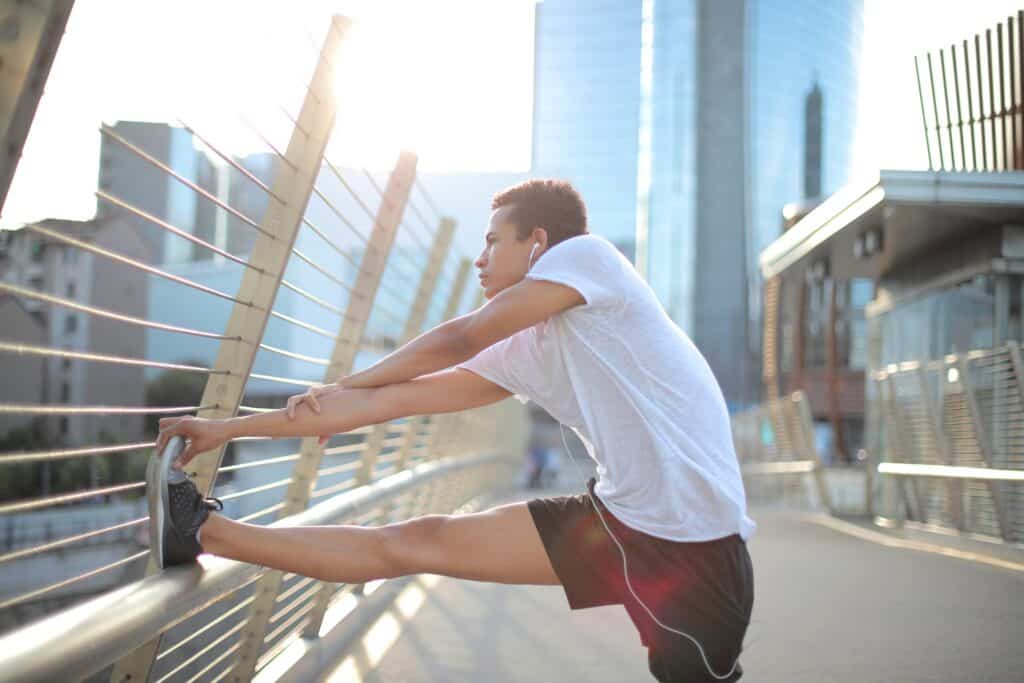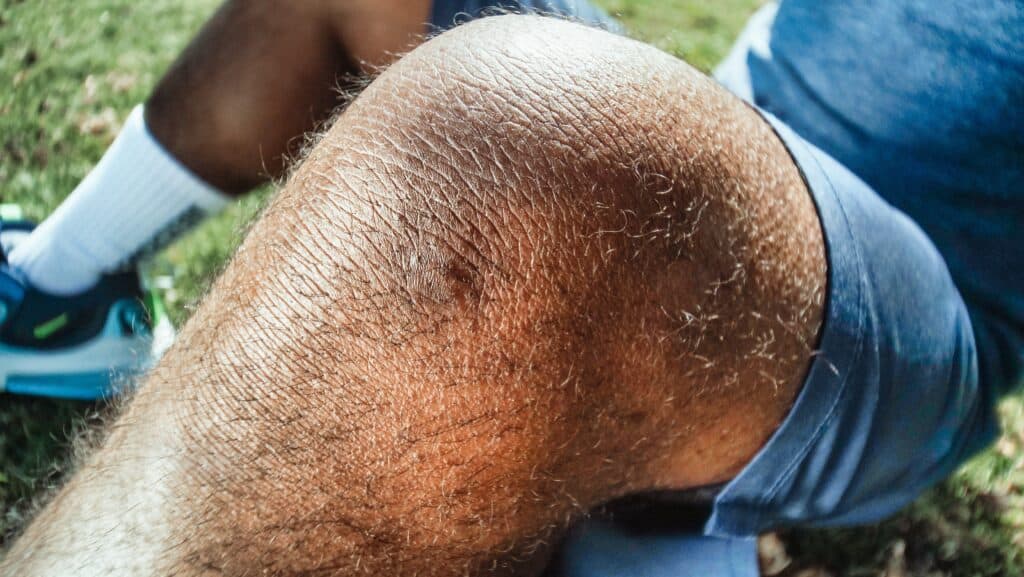Patellofemoral Pain Syndrome (Runners Knee) exercises can mean the difference between running with pain where you are gritting your teeth with every step or maintaining your training routine for that big race. If you have been running for any length of time you have inevitably dealt with PFPS. If this is your first time then below is a list of exercises to either reduce the effects of runners knee or strengthen the body so you never experience it.
What is Runners knee?
Patellofemoral Pain Syndrome (PFPS) is a condition that involves pain around the patella (kneecap) and the femur (thigh bone). It is often related to improper tracking of the kneecap within the femoral groove. Exercise can be a crucial component of managing PFPS by improving muscle strength, flexibility, and alignment. However, it’s important to consult with a healthcare professional or a physical therapist before starting any exercise program, as they can provide personalized advice based on your specific condition. Here are some general exercises that are commonly recommended for individuals with PFPS:
For more information about Patellofemoral Pain Syndrome (Runners Knee) check out our detailed post HERE.

Exercises
- Quadriceps Strengthening:
- Straight Leg Raises: Lie on your back and lift one leg straight up, keeping the knee extended. Hold for a few seconds and lower it down. Do 2-3 sets of 10-15 repetitions on each leg.
- Hamstring Stretching:
- Seated Hamstring Stretch: Sit on the floor with your legs extended. Reach forward towards your toes, keeping your back straight. Hold for 15-30 seconds and repeat 2-3 times.
- Hip Strengthening:
- Clamshells: Lie on your side with knees bent. Keeping your feet together, lift the top knee while keeping the feet in contact. Hold for a moment and lower it down. Do 2-3 sets of 10-15 repetitions on each side.
- Gluteal Strengthening:
- Hip Bridges: Lie on your back with knees bent and feet flat on the floor. Lift your hips towards the ceiling, squeezing your glutes at the top. Hold for a moment and lower down. Do 2-3 sets of 10-15 repetitions.
- Vastus Medialis Oblique (VMO) Exercises:
- Terminal Knee Extensions: Sit on a chair and loop a resistance band around a fixed point and the back of your knee. Extend your knee against the resistance. Do 2-3 sets of 10-15 repetitions.
- Calf Stretching:
- Gastrocnemius and Soleus Stretch: Stand facing a wall, place your hands on the wall, and step one foot back. Keep the back leg straight and the heel on the ground to stretch the calf muscles. Hold for 15-30 seconds and repeat on both legs.
- Quad Stretch:
- Stand on one leg and bring your heel towards your buttocks, holding your ankle with your hand. Hold for 15-30 seconds and repeat on the other leg.
- Patellar Mobilization:
- Patellar Glides: Sit with your leg extended and gently push your patella (kneecap) up and down, avoiding any pain. This can help improve patellar mobility.
Remember to start with low resistance and intensity, gradually progressing as your strength and tolerance improve.
If you experience increased pain during or after any exercise, stop and consult with a healthcare professional. Additionally, consider incorporating low-impact activities like swimming or cycling, as these can be gentler on the knees.

